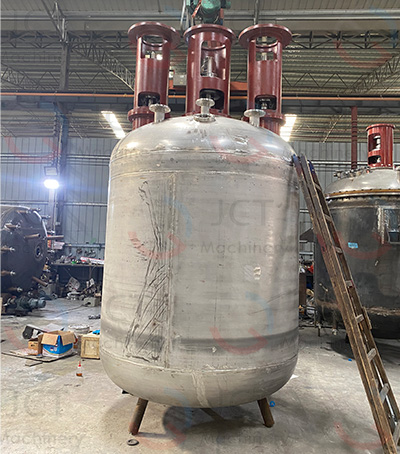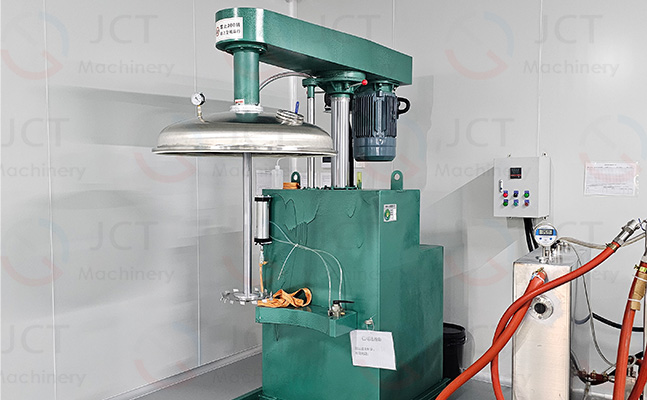
JCT not only provides a full set of equipment solutions (from batching, dispersing, grinding to filling), but also customized formula processes and technical support for customers to help them quickly put into production and stabilize market competitiveness. Choosing JCT's UV curing ink production line turnkey project can achieve international-level UV curing ink production capabilities in one stop.
UV curing ink is a type of ink that uses a prepolymer system that can be polymerized by ultraviolet light (UV/LED) as the film-forming basis. It is quickly cured by UV light, forms a film instantly, and adheres to the surface of the substrate. It is specially optimized for printing fine graphics such as characters, numbers, batch numbers, logos, and warning signs.
| Component | Typical raw materials | Functiond |
| Oligomer | Acrylated polyurethane, polyester, epoxy acrylate | Determine film strength, flexibility and adhesion |
| Monomer | Monofunctional/multifunctional acrylate | Adjust viscosity, crosslinking density and curing speed |
| Photoinitiator | Type Ⅰ/Ⅱ, LED-specific PI | Absorb UV energy and initiate polymerization and curing |
| Pigment/color paste | Organic pigments, carbon black, titanium dioxide | Coloring (black, white and color logos) |
| Rheological/anti-settling aid | Defoamers, leveling agents, thixotropic modifiers | Control printing suitability, prevent smearing and seepage |
| Adhesion promoter | Silane modifiers, amino functional additives | improve adhesion to metals, plastics and glass |
| Functional additive | Matting powder, wear-resistant powder, conductive/flame-retardant particles | Special applications (electronics, automobiles and military) |


1. Low-temperature production: Prevents premature reaction of UV resin and photoinitiator.
2. High-precision grinding: Particle size is controlled at 5-15μm to ensure sharp printing edges.
3. Vacuum stirring+defoaming: Avoid defects such as ink pinholes and bubbles.
4. Automation control: PLC+touch screen to achieve precise control of speed, temperature and time.
5. Environmental protection and energy saving: Fully enclosed production, extremely low VOC emissions.
